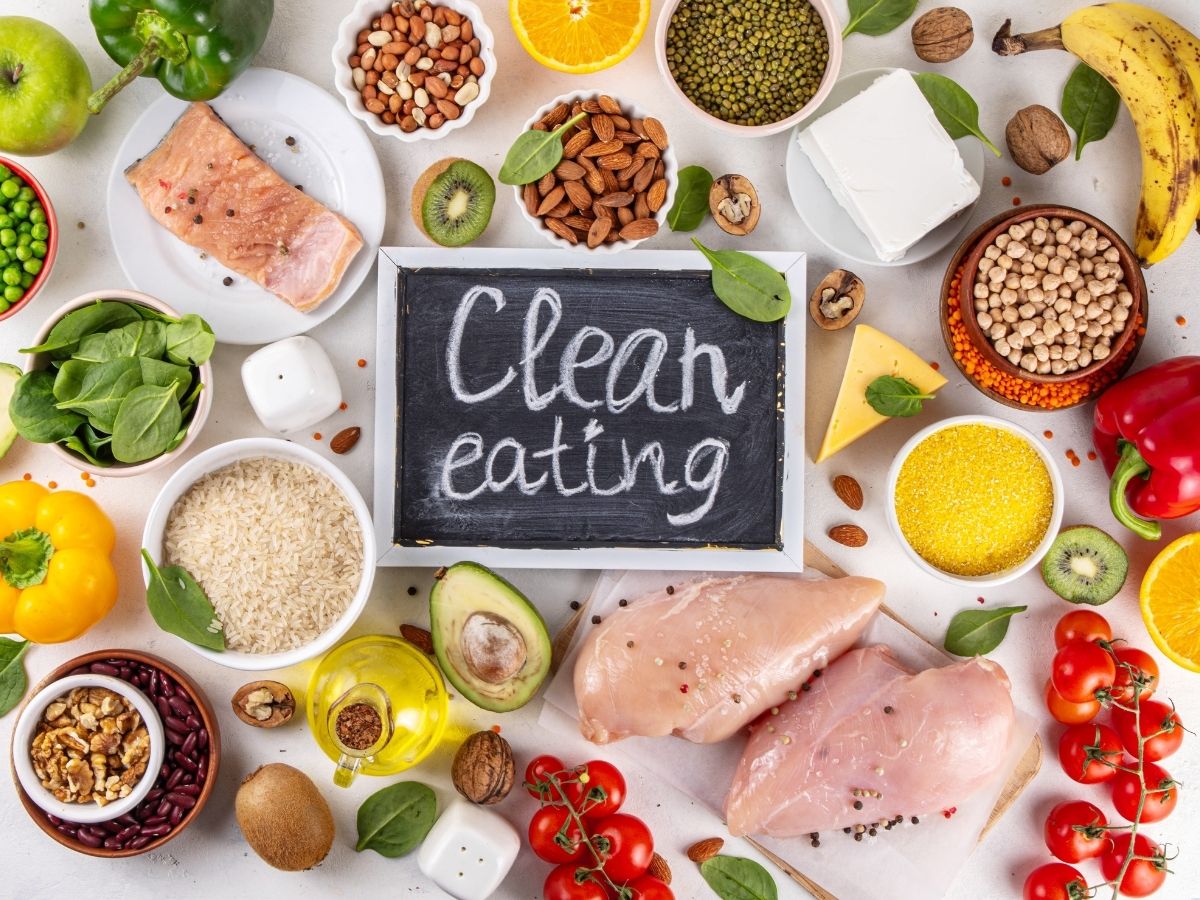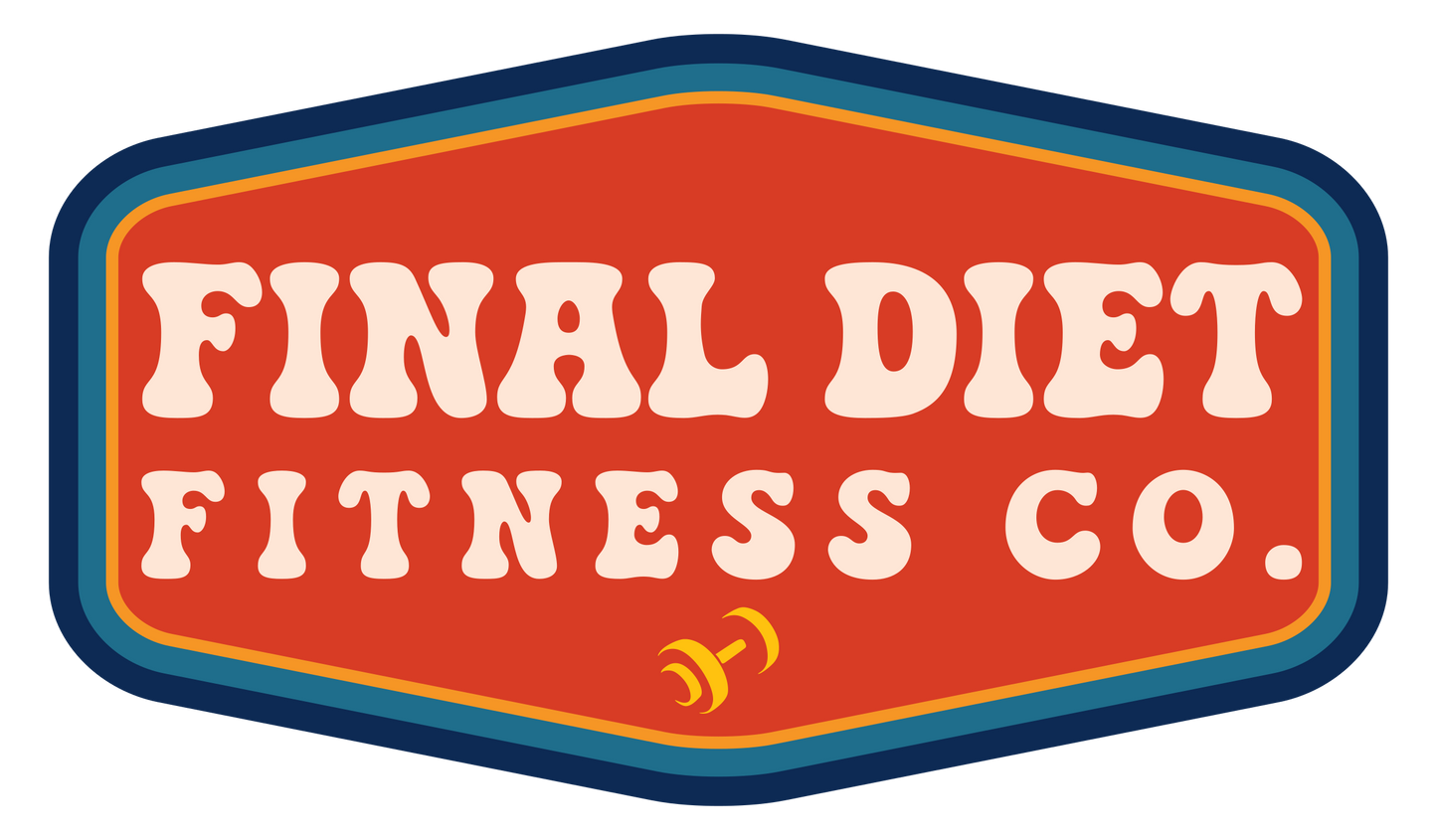
“Clean eating” might sound simple—just eat clean, right?
But ask ten people what “clean” means, and you’ll get ten different answers.
Some cut out sugar.
Some avoid processed foods.
Others swear off carbs entirely.
The problem isn’t the idea of eating clean—it’s the confusion that comes with it.
Let’s strip away the extremes and focus on what really matters: food quality and consistency.
1. What “Clean Eating” Really Means
At its core, clean eating is about choosing foods in their most natural, minimally processed form.
That means prioritizing:
- Whole fruits and vegetables
- Lean proteins
- Whole grains
- Healthy fats
- Minimal added sugars and oils
It’s less about following rigid rules and more about building a diet of real, nutrient-dense foods most of the time.
2. The Problem with Diet Extremes
Many people turn “clean eating” into an all-or-nothing mindset—if they eat one “unclean” meal, they feel like they’ve failed. This leads to restriction, guilt, and eventually rebound eating.
Remember: health isn’t defined by one meal. It’s shaped by what you eat most of the time.
A flexible approach allows for consistency—and consistency creates results.
3. Understanding Food Quality
Food quality affects far more than your calorie total. It influences:
- Satiety: Whole foods (like potatoes, beans, and lean meats) keep you full longer.
- Energy: Processed foods cause sharp spikes and crashes in blood sugar.
- Nutrients: Vitamins, minerals, and fiber support long-term health.
Ultra-processed foods—those high in refined oils, added sugars, and preservatives—are engineered to be hyper-palatable, not filling.
They make “stop” signals fuzzy, which is why moderation matters.
4. How to Improve Food Quality Without Obsession
You don’t need to overhaul your diet overnight. Focus on small, lasting upgrades:
- Swap white bread for whole-grain versions.
- Replace fried foods with grilled or air-fried options.
- Add a serving of vegetables or fruit to every meal.
- Keep ultra-processed snacks occasional instead of daily.
- Drink more water and fewer sugary beverages.
These small shifts improve digestion, appetite, and performance—without cutting out foods you enjoy.
5. Balance Over Perfection
It’s okay to eat pizza with friends or enjoy dessert occasionally.
In fact, allowing flexibility helps long-term adherence.
What matters is the big picture: If 80–90% of your diet comes from whole, minimally processed foods, the remaining 10–20% can include the foods you love guilt-free.
6. A Practical Way to Gauge Food Quality
Ask yourself three simple questions before eating:
- Was this food made in a factory or grown/raised naturally?
- Does it contain ingredients I recognize?
- Will this meal make me feel good an hour from now?
If you can answer “yes” to two out of three, you’re already eating better than most people.
Key Takeaways
- Clean eating isn’t about perfection—it’s about prioritizing quality most of the time.
- Whole foods promote fullness, energy, and nutrient balance.
- Avoid all-or-nothing thinking—flexibility is key for long-term success.
- Better food quality naturally leads to fewer cravings and better results.
